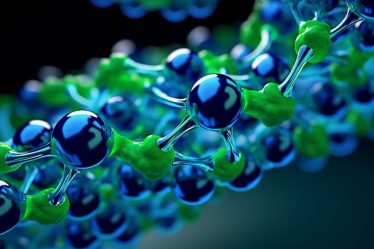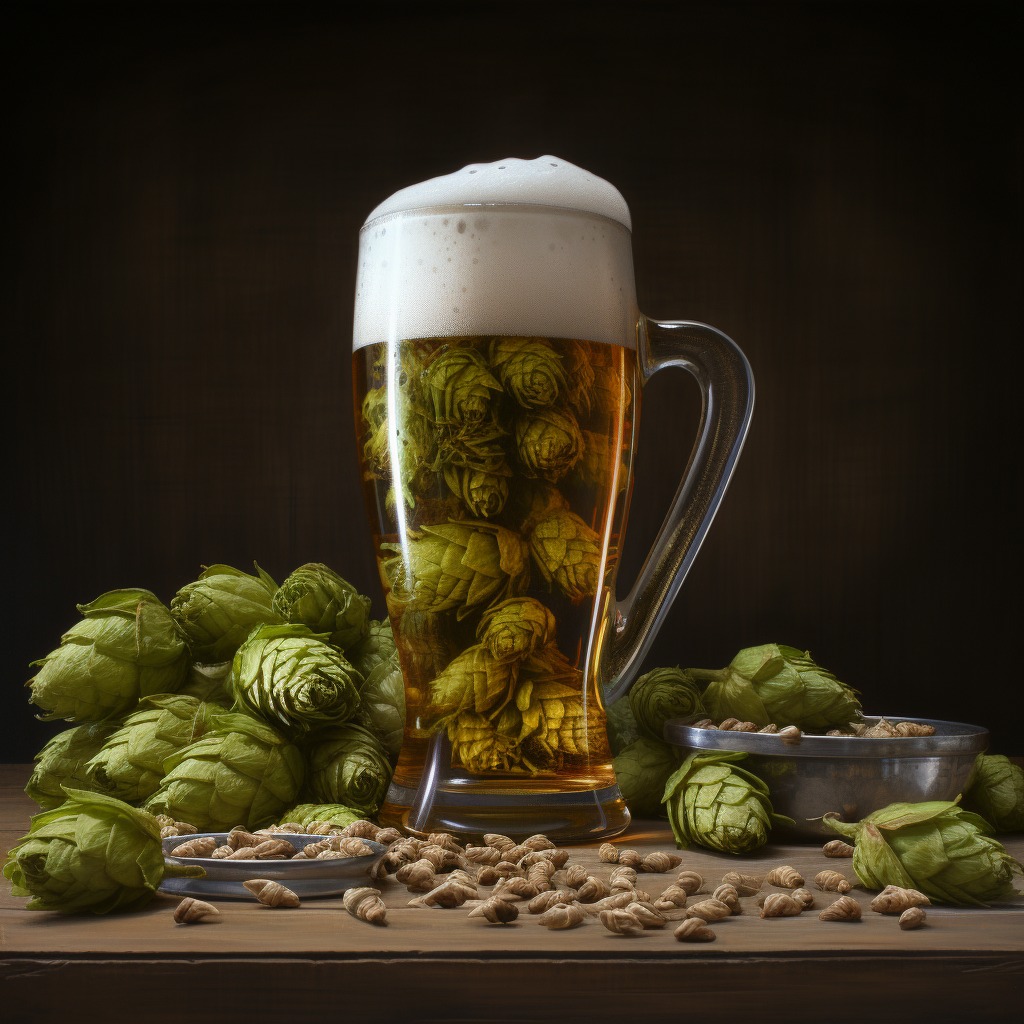
Welcome to your comprehensive beer production and composition chemistry guide. Consider this blog as your tutor, walking you through the fascinating world of beer chemistry. From the basic components to advanced topics, these lessons aim to deepen your understanding of what goes into crafting a pint of beer.
From the basic components like water, malt, hops, and yeast to the intricate biochemical reactions that occur during fermentation, we’ll delve deep into the science behind your favorite drink.
Here’s a glimpse of what you’ll learn:
- Basic beer ingredients
- Fermentation process
- Role of hops and malt
- Types of brewing yeast
- Advanced topics like polyphenols and proteins
- Importance of tutors and private classes
So, whether you’re a homebrewer, a student, or simply a beer enthusiast, these lessons are tailored for you. Let’s embark on this educational journey and unravel the chemistry that turns humble ingredients into a masterpiece of flavors and aromas.
Want to expand your chemistry horizons? Our World of Chemistry offers a plethora of free educational blogs.
Discover your ideal chemistry tutor at meet’n’learn and skyrocket your understanding to new heights!
The Basics of Beer Components
Understanding the core ingredients of beer is the first step in grasping the complexities of its production and composition. Tutors often emphasize the importance of understanding the basics, and in beer production, the basics start with quality ingredients. This chapter serves as your first lesson, outlining the four pillars of beer: water, malt, hops, and yeast.
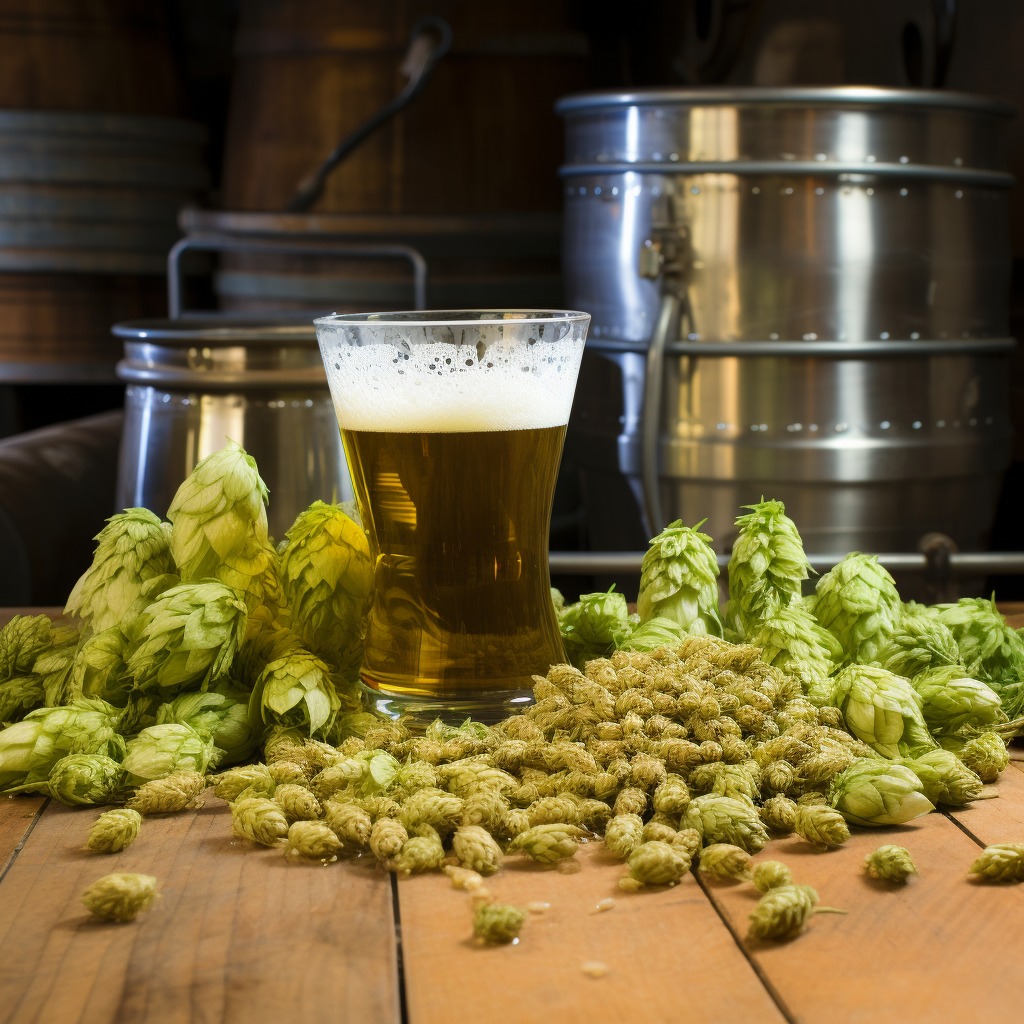
Water: The Unsung Hero of Beer
Water is the primary component, making up about 90% of most beers. While it may seem straightforward, the mineral content in water can significantly affect the beer’s taste and mouthfeel. For example, hard water enhances hop bitterness, while soft water highlights malt flavors. Understanding the water profile can be a game-changer in brewing.
Discover the chemistry behind Water, Photosynthesis, and Water Pollution
Malt: The Source of Sugars and Flavors
Next, we have malt, usually derived from barley. Malted barley provides the sugars needed for fermentation and contributes to the beer’s color and flavor profile. Different roasting levels produce various types of malt, each with unique characteristics. The choice of malt can dramatically influence the beer’s final taste and appearance.
Introduction to Proteins, Peptide Bonds, Carbohydrates, Lipids, and Fatty Acids.
Hops: The Aromatic and Bittering Agent
Hops are the flowers of the hop plant Humulus lupulus. They are responsible for the beer’s aroma and bitterness, counterbalancing the sweetness of the malt. Different hop varieties bring distinct flavors and aromas to the table. Knowing which hops to use and when to add them during brewing can make all the difference.
Yeast: The Microbial Powerhouse
Finally, yeast is the microscopic organism that performs the magic of fermentation. It metabolizes the sugars from malt, producing alcohol and carbon dioxide. Yeast strains vary, each imparting unique flavors and aromas to the beer. The choice of yeast is another critical decision in the brewing process. (1)
Need help with biology topics? Explore our extensive collection of biology educational blog posts designed to simplify complex concepts for you. Whether it’s photosynthesis, osmosis, the intricacies of green algae, understanding bacteria and viruses, or delving into the fascinating world of genetics and cells, our resources have got you covered. Expand your knowledge and enhance your learning journey with us today.
Summary Table: The Four Main Ingredients
| Ingredient | Role in Brewing | Characteristics |
|---|---|---|
| Water | The primary component affects mouthfeel and flavor | Mineral content can enhance hop bitterness or malt sweetness |
| Malt | Provides fermentable sugars, contributes to color and flavor | Different roasting levels produce various types of malt |
| Hops | Provides bitterness, flavor, and aroma | Contains alpha acids for bitterness and essential oils for aroma |
| Yeast | Ferments sugar into alcohol and CO2, contributes to flavor and aroma | Various strains impart unique flavors and aromas |
In summary, these four components work harmoniously to create the diverse range of beers we enjoy today. As you continue reading, you’ll understand how each ingredient contributes to the overall composition of beer. This chapter lays the groundwork for the more advanced topics to come, setting the stage for a comprehensive understanding of beer chemistry.
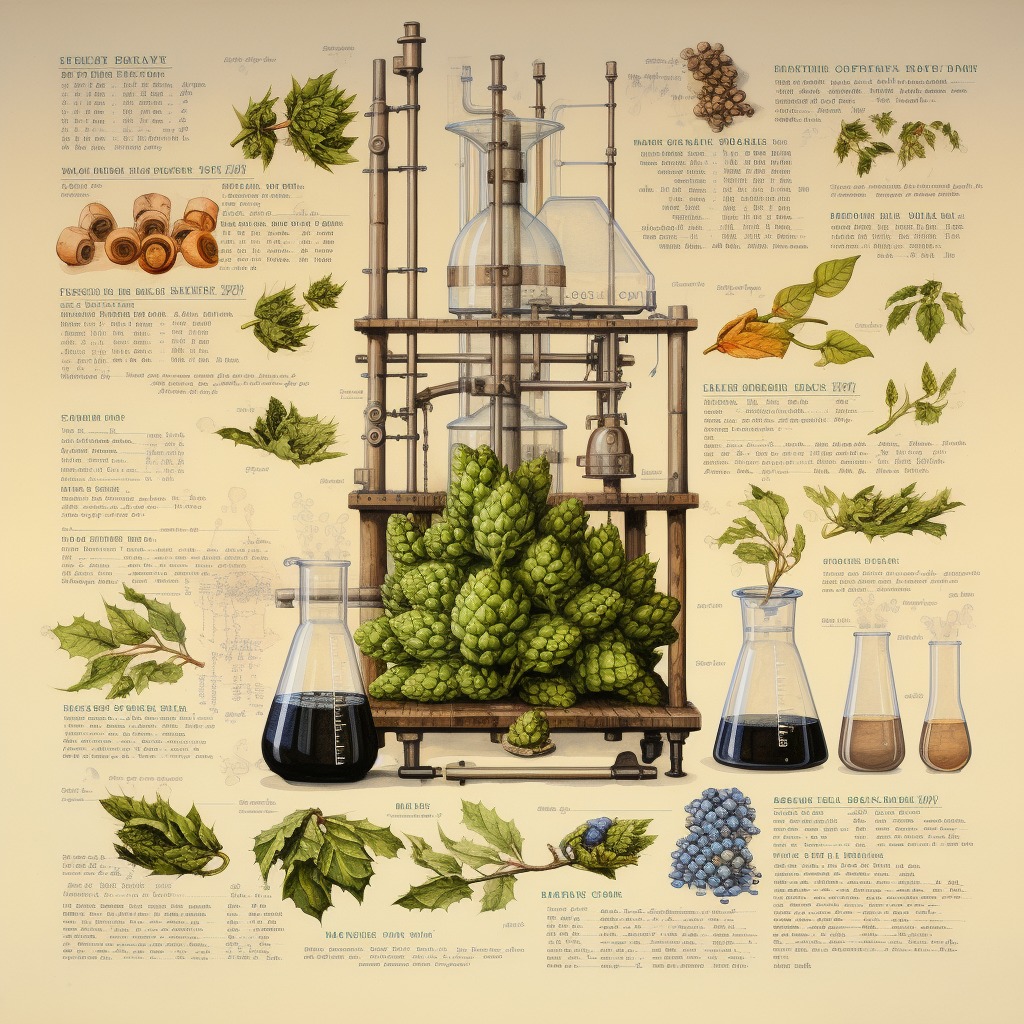
Fermentation Process: The Heart of Beer Production
Fermentation is a biochemical marvel that transforms a simple mixture into a complex beverage. This chapter will serve as your private teacher, delving into the biochemical reactions during this crucial stage of beer production. If you’ve ever had tutoring in chemistry, you’ll appreciate the enzymatic processes that are the cornerstone of fermentation.
Initiating Fermentation: The Role of Wort and Yeast
The process begins with wort, a sugary liquid extracted from malted barley. Yeast is added to the wort, initiating fermentation. Yeast cells metabolize the sugars, primarily maltose and glucose, into alcohol and carbon dioxide. This is the first step in turning wort into beer and sets the stage for the following complex reactions.
Ethanol and Alcohols in Chemistry explained.
Enzymatic Reactions: The Science Behind Sugar Conversion
During this stage, various enzymes come into play. For example, zymase, an enzyme complex in yeast, facilitates the breakdown of sugars. This is where the science gets fascinating. Enzymatic reactions are not just a topic in your classes; they’re happening in your brewing vat. These enzymes are the unsung heroes that make the production of alcohol possible.
Temperature and pH: The Environmental Factors
Temperature and pH levels are also critical factors. Yeast performs optimally at specific temperatures, usually between 18-22°C for ale yeasts and 7-13°C for lager yeasts. The pH level, generally between 4.0 and 4.4, affects yeast activity and the final beer flavor. Understanding these environmental factors can significantly improve your brewing process.
Secondary Metabolites: Beyond Alcohol
It’s not just about alcohol production; fermentation produces secondary metabolites. These compounds, such as esters and phenols, contribute to the beer’s aroma and flavor. So, the next time you detect a fruity or spicy note in your beer, remember that it’s the result of complex biochemical reactions. (2)
Explore Acids, Bases, pH, master Acid-Base Titration, and learn to Calculate Solution Concentrations.
The Role of Hops and Malt in Beer Chemistry
While yeast and water are essential players in beer production, hops and malt bring their unique contributions. This chapter will delve into the chemical compounds found in these ingredients and how they affect the beer’s overall composition.
Hops: More Than Just Bitterness
Hops are known for their bittering, flavoring, and aromatic properties. They contain various acids, essential oils, and polyphenols. Alpha acids like humulone are primarily responsible for bitterness, while essential oils contribute to aroma. Tutors often say that practice makes perfect, and the same applies to mastering the art of choosing the right hops.
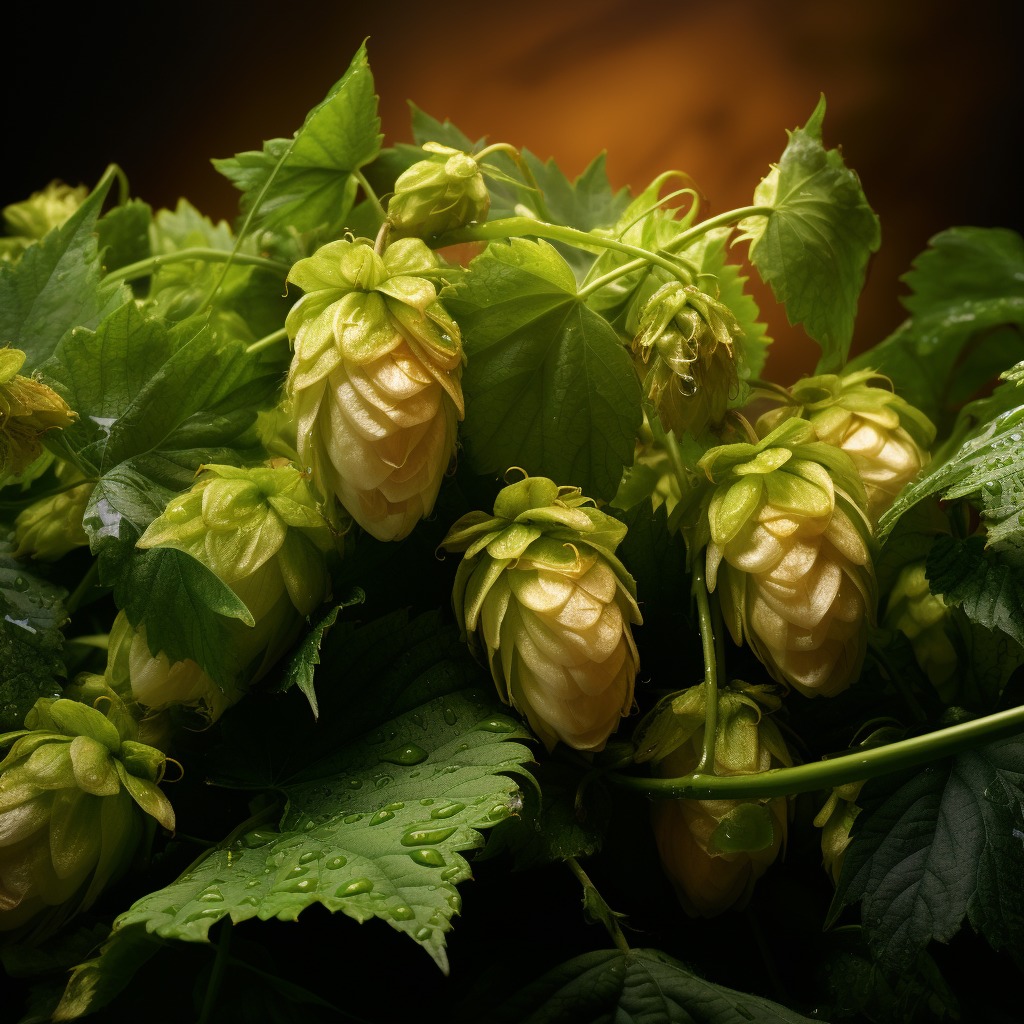
Malt: The Backbone of Flavor and Color
Malt is the primary source of fermentable sugars in beer. But it does more than fuel fermentation; it also contributes to flavor, color, and mouthfeel. The Maillard reaction during malting produces melanoidins, compounds responsible for color and some flavor aspects. Whether you’re a homebrewer or simply an enthusiast, knowing the chemistry of malt can deepen your appreciation for beer.
Chemical Interactions Between Hops and Malt
It’s not just about individual contributions; hops and malt interact chemically during brewing. For example, the pH level of the wort can affect hop utilization, changing the beer’s final bitterness level. These interactions are a testament to the complexity of beer production and offer a fascinating subject for those keen on the science behind brewing.
Specialty Malts and Hop Varieties
Specialty malts like caramel and chocolate malts bring additional flavors, while specific hop varieties can introduce citrus, pine, or spice notes. The endless combinations offer a playground for experimentation and fine-tuning recipes.
Explore Halogenides, Sulfides, and Hydroxides.
Yeast: The Microbial Powerhouse
When it comes to brewing yeast, there are mainly two types to consider: ale yeast and lager yeast. Ale yeast operates best at warmer temperatures and is known for producing beers with a rich, complex flavor profile. Lager yeast, on the other hand, prefers cooler conditions and yields beers that are cleaner and crisper.
Yeast serves as the biochemical engine of the brewing process, converting sugars like maltose and glucose into ethanol and carbon dioxide. This metabolic activity is a series of enzyme-catalyzed reactions significantly influencing the beer’s final composition. Different yeast strains can impart unique flavors and aromas, making understanding yeast metabolism invaluable for any brewer.
Beyond the basics, yeast also produces secondary metabolites such as esters, phenols, and higher alcohols. These byproducts add complexity to the beer, offering fruity, spicy, or floral notes. Various factors, like fermentation temperature and yeast strain, can influence the production of these compounds. Lastly, maintaining yeast health is crucial for successful fermentation, as factors like oxygen exposure and nutrient availability can impact the yeast’s performance. (3)
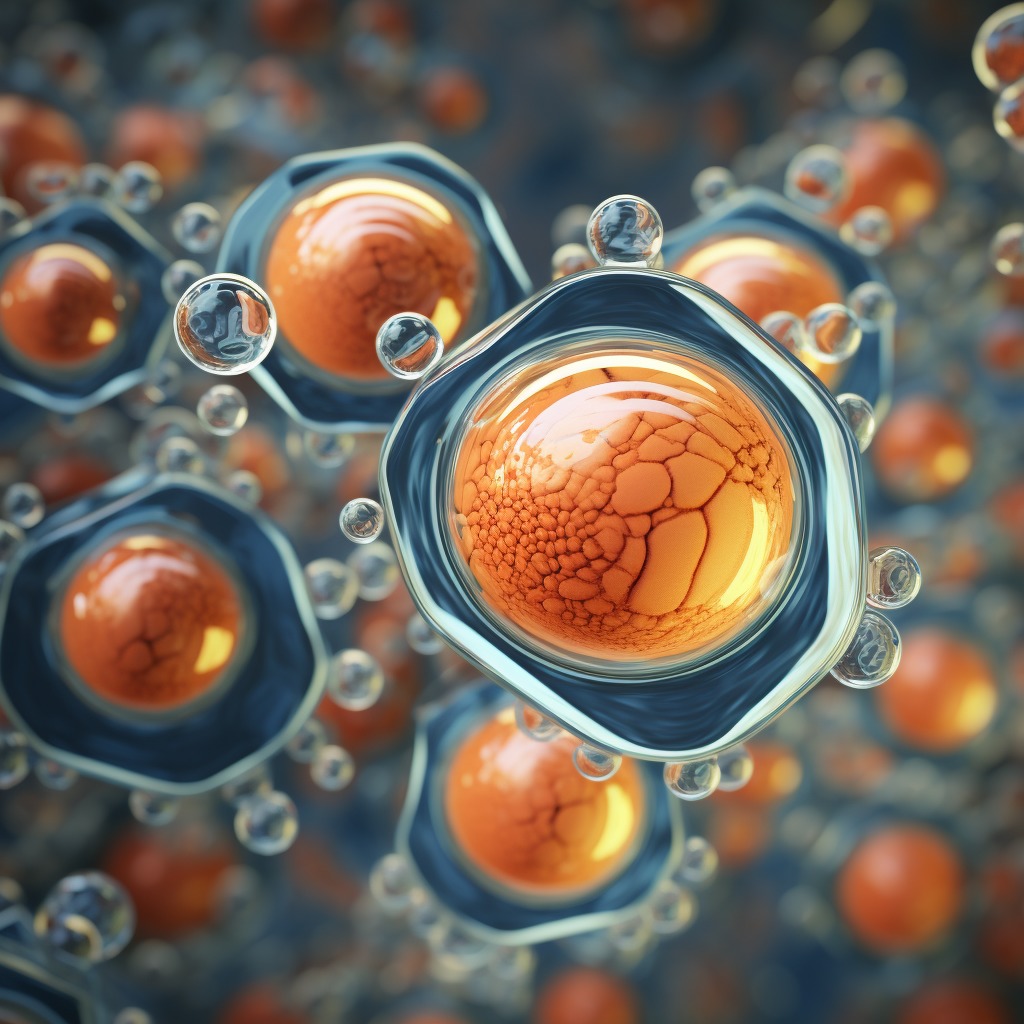
Discover the fundamentals of Electrochemistry, Redox Reactions, and Balancing Chemical Equations.
Advanced Topics: Polyphenols, Proteins, and More
Beer is a complex beverage, and its chemistry extends beyond the primary ingredients of water, malt, hops, and yeast. This chapter will introduce you to other chemical compounds in beer and their roles in taste, texture, and potential health benefits.
- Polyphenols: Found in hops and malt, they contribute to flavor and health benefits but can also cause haze when interacting with proteins.
- Proteins: Mainly from malt, they affect mouthfeel and foam but can create haze when combined with polyphenols.
- Maillard Reactions and Melanoidins: Occur during malting, affecting the beer’s color and some flavor aspects.
- Minerals: Often overlooked, minerals like calcium and magnesium play a role in enzyme activity, yeast health, and flavor.
Introduction to the Periodic Table and Functional Groups in Organic Chemistry.
The Importance of Tutors and Private Classes in Learning
- Tutoring provides personalized instruction tailored to individual learning styles.
- Private classes offer the flexibility to learn at your own pace.
- A tutor gives immediate feedback for quick clarification.
- Private classes enhance accountability and motivation.
- Tutoring specializes in complex subjects like beer chemistry.
Are you looking for a chemistry tutor? Enter “chemistry tutor Glasgow” or “chemistry teacher Sheffield” on your preferred tutoring platform, such as meet’n’learn, to find a teacher who can meet your specific needs.
If you thrive in group learning environments, search “chemistry classes London” or “chemistry lessons Manchester” online to discover local schools offering chemistry lessons.
How a tutor can help Make Science Fun.
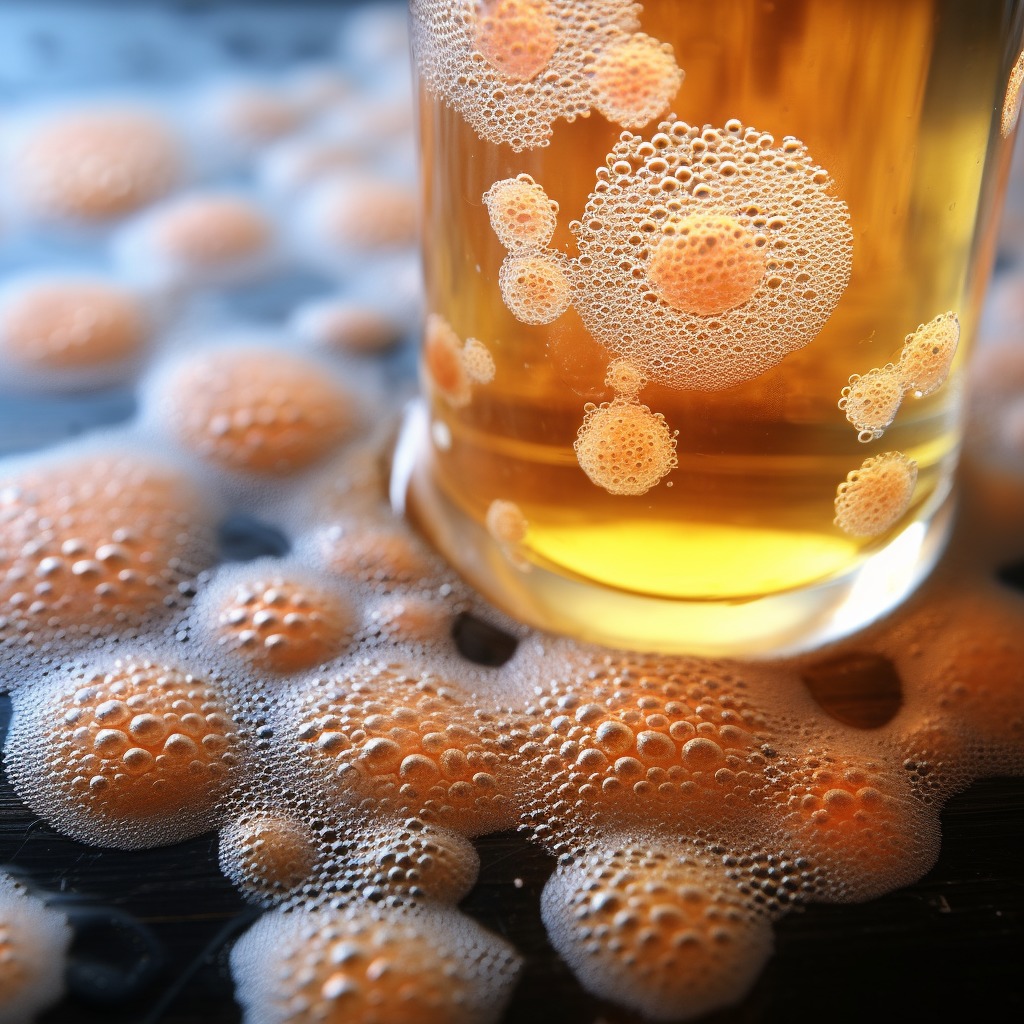
Your Journey Through Beer Chemistry
This blog has served as your virtual tutor, guiding you through the intricate chemistry of beer production and composition. From basic ingredients like water, malt, hops, and yeast to advanced topics such as polyphenols, proteins, and minerals, each lesson enriches your understanding of this complex craft. Whether you’re a homebrewer, a student, or an enthusiast, the insights gained here can be further deepened through tutoring and private classes, making your journey into the world of beer both rewarding and enlightening.
Check out 8 Exciting Science Experiments for Kids and unravel The Greatest Discoveries in Biology.
Frequently Asked Questions on Beer Production and Composition
What are the basic ingredients in beer?
The four basic ingredients in beer are water, malt, hops, and yeast. Each plays a unique role in the beer’s composition and flavor.
How does yeast contribute to beer production?
Yeast ferments the sugars from malt into alcohol and carbon dioxide. It also produces secondary metabolites like esters and phenols that contribute to flavor and aroma.
What is the role of hops in beer?
Hops provide bitterness to balance the sweetness of the malt. They also contribute to the aroma and have preservative qualities.
Why is water quality important in brewing?
The mineral content in water can significantly affect the beer’s taste and mouthfeel. For example, hard water enhances hop bitterness, while soft water highlights malt flavors.
What are polyphenols, and why are they important?
Polyphenols are compounds found in both hops and malt. They can contribute to flavor stability and cause haze when interacting with proteins.
How do proteins affect beer?
Proteins primarily come from malt and contribute to the beer’s mouthfeel and foam stability. However, they can also interact with polyphenols to create haze.
Can the choice of malt affect the beer’s color?
Yes, the Maillard reaction during malting produces melanoidins, contributing to the beer’s color. Different roasting levels produce various types of malt, each affecting the beer’s final color.
How to calculate Molar Mass, Mass Fraction, and Viscosity?
References:
1. USA Beer Ratings
2. Britannica
3. Microbe Notes


